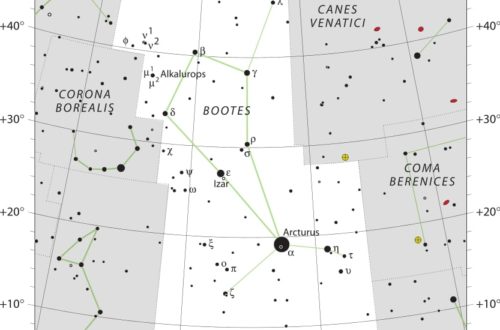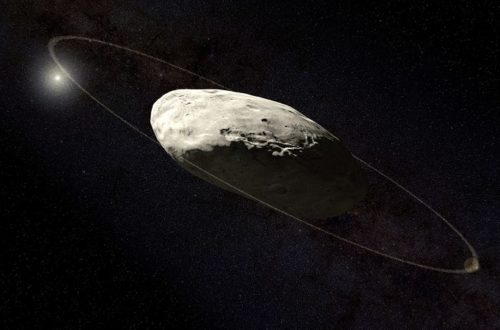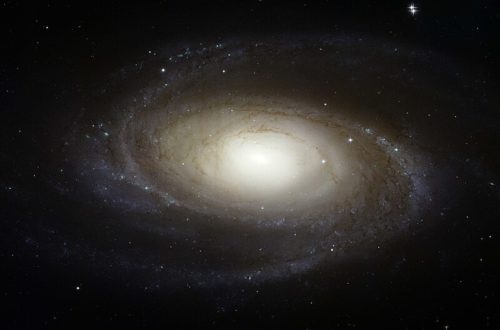Circumstellar Disc: Key Insights and Discoveries
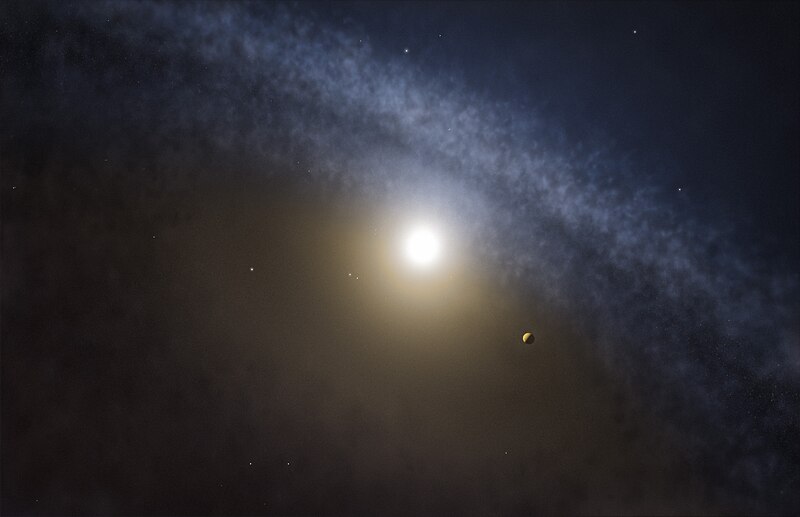
Wondering about circumstellar discs? They hold secrets to how stars and planets form. Observations reveal these cosmic wonders in action.
Imagine dust and gas swirling around young stars, hints of new worlds born. New discoveries illuminate this dance, and they extend the knowledge of our universe.
Let’s unlock the secrets together, one find at a time. Want to learn more about this topic?
What is a Circumstellar Disc?
Definition and Basic Characteristics
Picture a pancake-shaped structure made of dust and gas, spinning around a star. That’s a circumstellar disc. These discs naturally form when stars come alive. It’s kind of like when you spin pizza dough and it flattens out!
It’s largely gas, which comprises the majority of the mass, and then you have dust, which is only about 1% of it. This dust, although small in mass, is important because it’s the seed for planets.
You can find circumstellar discs orbiting everything from tiny stars to massive giants. The trick is having the right tools to spot them—good angular resolution and sensitivity are key.
We see dusty discs around more mature stars, too. These stars have moved into the middle-aged main-sequence stage. These aren’t leftover from their youth but the result of collisions.
Role in Planet Formation
Circumstellar discs are not just passive rings of dust and gas. They’re busy neighborhoods, where planets are born. It’s sort of like a planetary nursery.
As the material in these discs swirls and clumps together, it comes together to form the building blocks of planets. This is where it’s all going down—where the known planets, and plenty more, all kick off their journey.
One tool astronomers have, infrared interferometry, has completely changed our view of these discs, particularly around young stars. This technique lets us peek into the heart of the disc, where the planet-forming happens.
Many of the extrasolar planets we’ve found are right in the thick of these planet-forming disks. More than half of them sit in the region where terrestrial planets form, and yet they’re Jupiter-sized. It’s a sign, they say, that planet formation is not a one-size-fits-all process. It’s varied and full of surprises, like life.
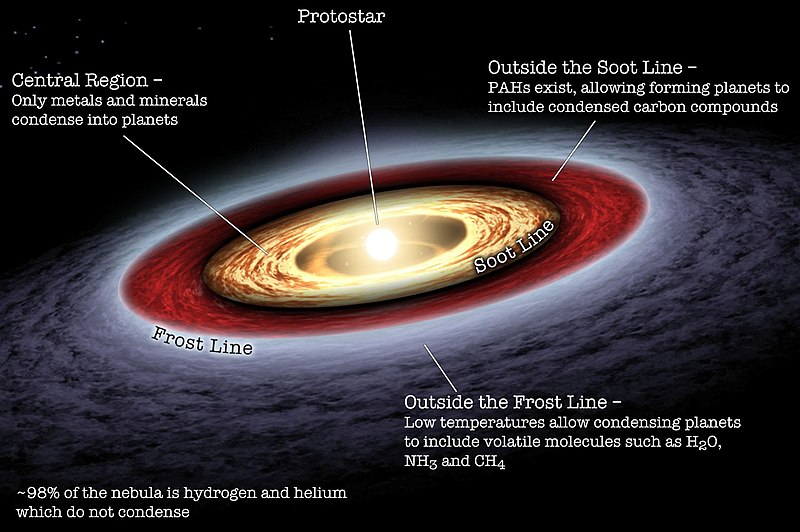
Observational Insights
Recent Discoveries in Astronomy
In recent years, the study of circumstellar discs has illuminated some of the most intriguing phenomena in the cosmos. Researchers made a standout discovery about tilted disks, specifically noting this phenomenon in systems like Her X-1, SMC X-1, and SS 433. These systems exhibit periodic blocking of the X-ray emissions every 50 to 200 days. This is an indication that the disk structures interact in some complex manner, possibly due to gravitational forces or a mismatch between the disc and the central star’s equatorial plane.
Infrared interferometry has transformed our view of circumstellar disks, particularly around young stellar objects. This technique allows astronomers to probe the dense, warm regions close to the star, where conventional telescopes fail.
The main accretion phase of these disks lasts for several million years. During this time, they gain material at a rate of roughly 10−7 to 10−9 solar masses per year. This stage is crucial because it determines how planets will eventually form.
Key Findings from ALMA Observations
The Atacama Large Millimeter/submillimeter Array (ALMA) has played an important role in expanding our understanding of circumstellar discs. ALMA’s precise observations reveal that gas overwhelmingly dominates the mass of these systems, with dust contributing just a paltry 1%. This finding sheds light on the critical conditions for planet formation. The interaction between gas and dust is key to determining the future architecture of planetary systems.
Thanks to ALMA, we now know that circumstellar disks of planetary debris routinely orbit white dwarf stars at close range. This discovery indicates that remnants of planetary systems can persist even after their host stars have perished.
These disks display interesting behavior, such as brightening a hundredfold over one to ten years. They can maintain that brightness for a century before starting to dim, initially at a slow rate. These patterns suggest active processes, possibly involving collisions or other gravitational interactions within these debris fields.
ALMA’s observations have also discovered that circumbinary discs are aligned with the orbits of the binary systems they encompass.
These insights deepen our understanding of circumstellar discs and broaden our comprehension of how planetary systems evolve and the life cycle of stars.
Implications for Astrophysics and Cosmology
Circumstellar discs have major implications for the big picture of the universe. They are a microcosm for the larger workings of the cosmos, representing a balance of forces and materials that ultimately dictate what galaxies will be.
By studying these discs, we sharpen our understanding of cosmic evolution. This knowledge directly informs our models for how galaxies and clusters form. As these discs change, they reveal the underlying mechanisms that determine what’s stable and what’s dynamic in the universe.
Their study affects much more than just single systems; it reveals how matter and energy interact on the largest scales imaginable. The dynamics in these discs uncover the basic principles of cosmic evolution, mapping a path from the tiniest grains of dust to the largest galaxies.
The knowledge acquired from these circumstellar discs bridges small-scale astrophysical phenomena to the rest of the cosmos. This bridge makes our understanding of the cosmos even better.
Conclusion
Understanding the mysteries of circumstellar discs opens doors to so many other things. We’ve watched, for example, these cosmic rings uncover planet formation. New tools allow us to peer deeper into space than ever before. They help us make sense of the swirling dust and gas. Every observation advances our understanding.
You can continue to explore this captivating domain. Read more about how these discs are defining our cosmic neighborhood. Whether you are an aspiring astrophysicist or just an eager stargazer, there is always more to learn.
Frequently Asked Questions
What is a Circumstellar Disc?
A circumstellar disc is a ring of gas, dust, and debris surrounding a young star. It plays a vital role in star and planet formation. These discs are the birthplaces of planets.
How do scientists observe circumstellar discs?
Scientists look for circumstellar discs with telescopes and other imaging tools, such as ALMA and Hubble. These tools take close images and spectra, which reveal the discs’ makeup and structure.
What theoretical models explain circumstellar discs?
Theoretical models describe the dynamics and evolution of circumstellar discs. They work on things such as angular momentum distribution, material accretion, and planet formation.
Why are circumstellar discs important for astrophysics?
Circumstellar discs are the key to explaining how planets form. They also offer clues about the early days of star systems and whether planets that can support life might be lurking nearby.
What advanced tools are used in astrophysics to study circumstellar discs?
Tools such as the Atacama Large Millimeter/submillimeter Array (ALMA) and the James Webb Space Telescope (JWST) are crucial. They provide unprecedented resolution and sensitivity to study the discs’ structure and composition.
How do circumstellar discs impact cosmology?
Circumstellar discs help cosmologists understand star system formation and evolution. This knowledge adds to larger cosmic theories about galaxy formation and how matter is distributed throughout the universe.
What are the observational insights gained from studying circumstellar discs?
We have seen gaps and rings and spiral patterns. These features indicate planet formation and interactions within the disc, providing direct evidence of planetary system development.
Would you like to receive similar articles by email?



